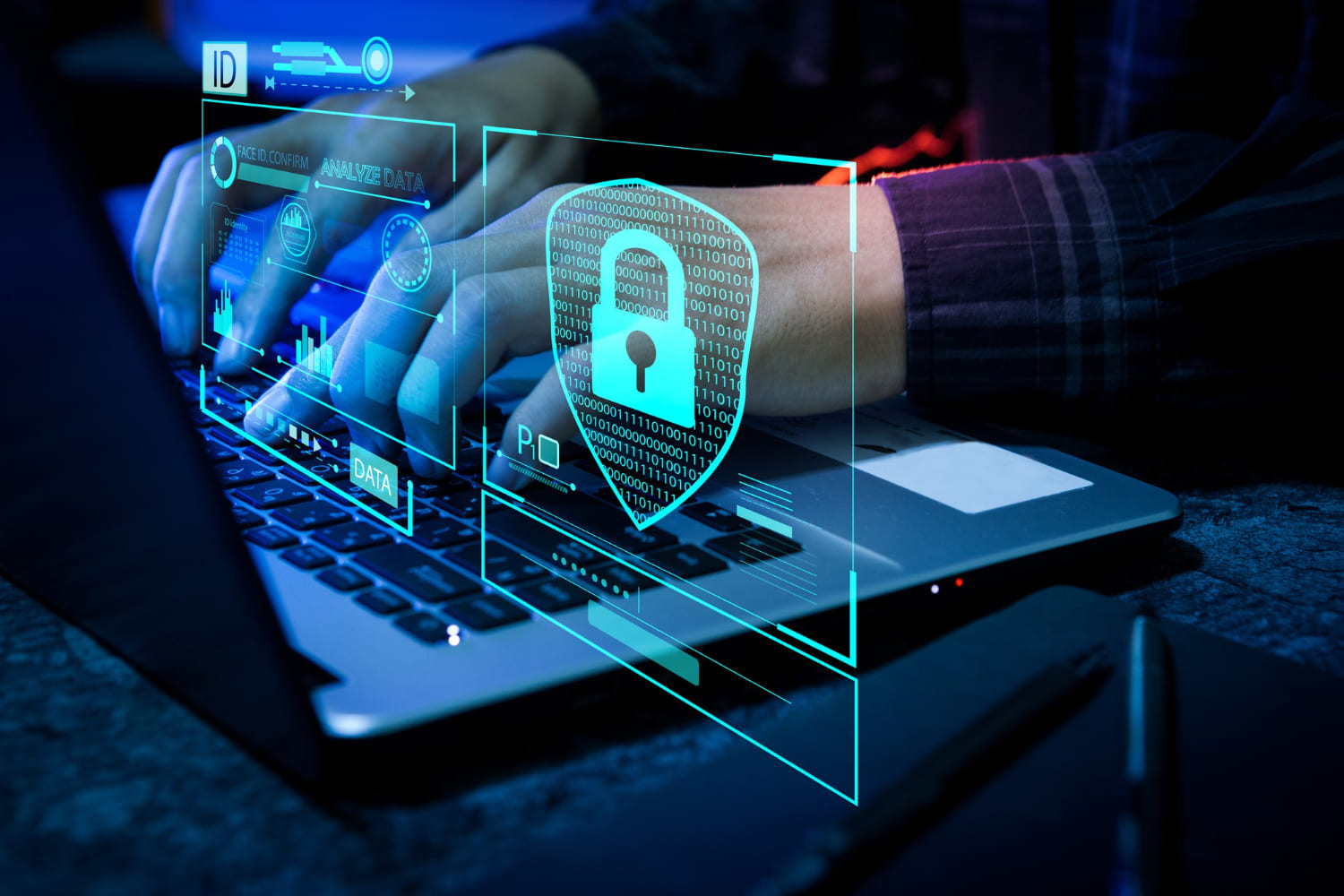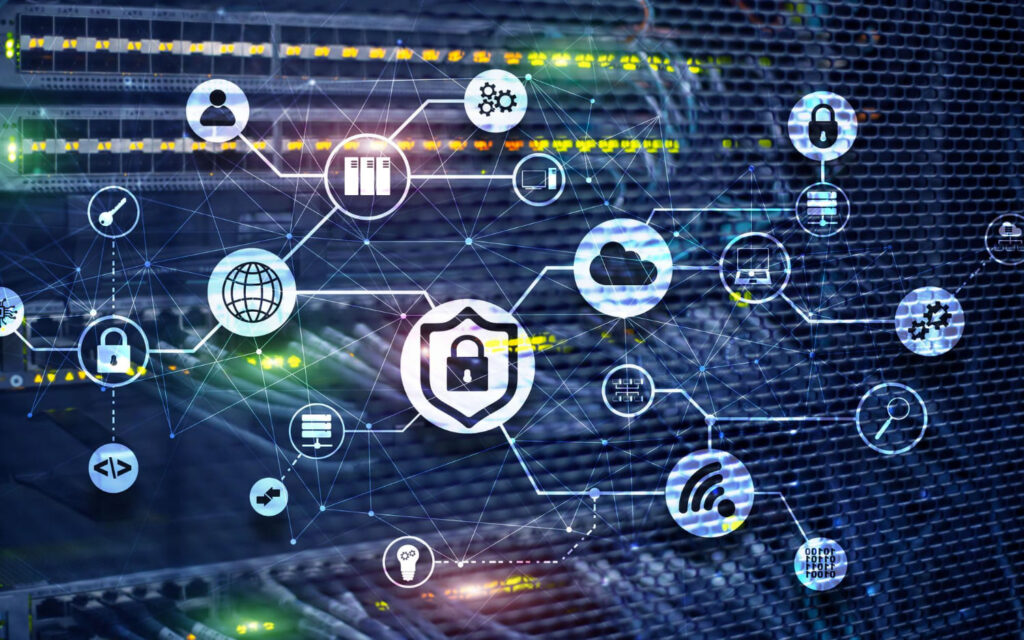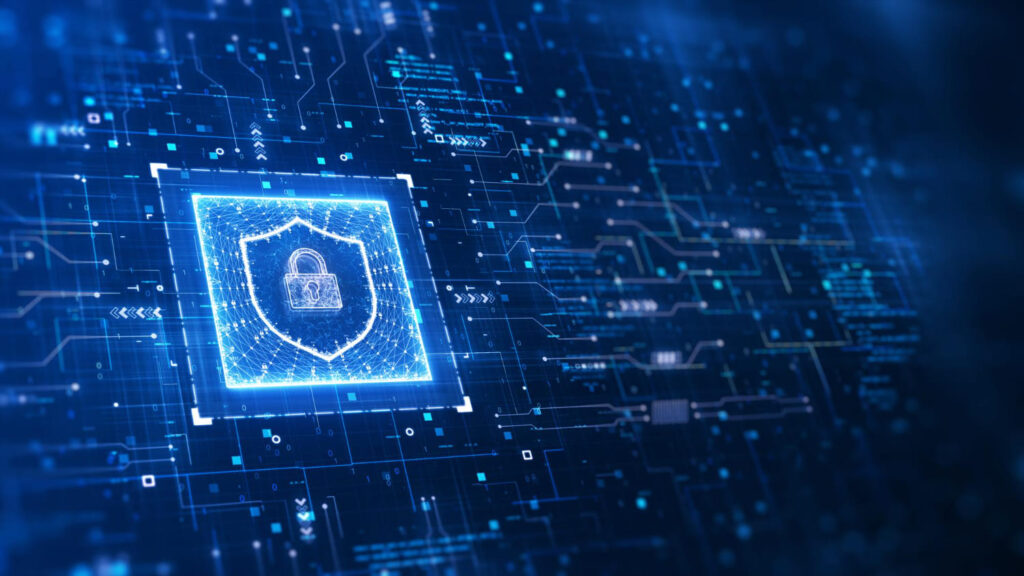
Cyber Security
Guardians of Information: What is Data Security?
 Andrea Abbondanza ,
12 Dec, 2023
Andrea Abbondanza ,
12 Dec, 2023
In the age of digital technology, the question “What is data security?” is more relevant than ever. With society’s increasing reliance on technology, from personal communication to global business operations, the importance of protecting digital information cannot be overstated.
Data security is a complex field encompassing a range of practices and technologies designed to keep our digital world secure. From individuals to large corporations, understanding and implementing robust data security measures becomes crucial.
We’ll dive deep into everything about data security and its significance in this era. Read on to learn more!
What is Data Security?

What is data security, really? The term “data security” refers to the practice of safeguarding digital data from unauthorized access, theft, and potential data modification, encryption, destruction, and corruption by cyberattacks like ransomware. The protection covers many aspects, including:
- Software
- Hardware
- User devices
- Storage devices
- Access controls
- Administrative controls
- Policies and procedures
Implementing data security involves utilizing tools and technologies that apply protections, such as encryption, data masking, data resiliency, and data erasure.
Besides providing shields, properly implemented data security ensures that each user in an organization has smooth access to the data. On top of that, it helps minimize the potential risk of human errors and other internal threats.
Benefits of Data Security

After knowing the answer to “What is data security?”, it’s important to know why data security is crucial in today’s digital world.. Here’s a list of its advantageous benefits:
- Preserving your information: Data security measures help protect sensitive information from unauthorized access. The data can include employee data, customer information, intellectual property, etc. Proper data security implementation ensures the security of these data.
- Maintaining customer trust and business reputation: A study by Cisco revealed that 81% of consumers care about their data privacy and are willing to act to protect it. By ensuring data security, businesses maintain customer trust and loyalty, leading to a positive reputation and, eventually, increased business opportunities.
- Preventing financial losses: An IBM report revealed that the 2023 global average data breach cost was $4.45 million. It shows that financial losses from data breaches can happen all the time, and implementing robust data security measures minimizes the risk.
- Empowering data-driven decisions: Secure data environments enable companies to safely use their data for analytics and decision-making, leading to better business strategies and outcomes.
In summary, data security is a comprehensive approach that supports an organization’s overall health and success in the digital age.
Types of Data Security

There are several types of data security, from encryption to data erasure. Let’s delve into each of them!
Encryption
Data encryption turns sensitive information into a secret code, transforming readable data into a unique scrambled format that is unreadable to anyone without the right key. This process ensures that only intended recipients can decrypt and understand the data.
Essentially, it acts as a digital lock, safeguarding data from unauthorized access and securing it from hackers and other threats.
Data masking
Data masking protects real data while providing a functional alternative commonly used during software testing or user training. By masking data, you essentially “fake” your organizational data while making it as realistic as possible. It can be done by character replacement, shuffling, or encryption. This way, the result can’t be deciphered by hackers.
Data resiliency
Data resiliency refers to the ability of organizations to mitigate the risk of unexpected data disruptions or failures—such as cyberattacks, hardware problems, or sudden power shortages—and make sure the vital data is always available. The mitigation can be done by creating data copies or backups.
Beyond backups, data recovery speed is also an important part of data resiliency to cut down impact.
Data erasure
At times when organizations no longer need specific data, data erasure plays a role in completely sanitizing the data beyond any recovery utilizing software-based processes. The software will overwrite the real data with random binary data while keeping the device functionality intact.
After the erasure has been employed, the software will verify whether the data is permanently removed. This process minimizes the possibility of a data breach occurring.
Data Security vs. Data Privacy

While the terms data security and data privacy often get tossed around in the tech world, they are essentially different.
Data security is about protecting data from external threats and breaches. This includes a range of things like using strong passwords, encryption, firewalls, and anti-virus software.
On the other hand, data privacy is more concerned with properly handling data—how and why data is collected, used, and shared—ensuring that personal information isn’t used or shared inappropriately. The data can also be used for future decision-making.
For instance, when an organization’s tech development team handles users’ payment data, they can utilize it for future reference, whether they will employ PayPal, Payoneer, or other payment options that benefit the users.
In a data-driven world, companies need to focus on both to ensure they’re handling data responsibly and keeping their users’ trust.
Data Security vs. Cyber Security

Data security specifically refers to data protection, while cyber security refers to a more expansive field that covers the protection of entire information systems, including data, devices, and networks, from malicious attacks. In other words, data security is a part of cyber security.
The main objective of data security is to ensure data integrity, confidentiality, and availability, focusing particularly on the measures and policies that protect digital data from potential attacks or accidental harm.
On the other hand, cyber security aims to protect the entire organization’s assets from external and internal threats and disruptions.
In essence, robust data security measures contribute to the overall effectiveness of an organization’s cyber security strategies.
Data Security Risks

Despite sturdy data security measures, the risk of cyberattacks is inevitable. Here are some potential data security risks:
Phishing and Other Social Engineering Attacks
Phishing typically involves emails, instant messaging services (IM), or short message services (SMS) that mimic legitimate sources, urging receivers to click on malicious links or download harmful attachments. This allows attackers to steal sensitive data.
Social engineering, often paired with phishing, leverages psychological manipulation to extract confidential information. Attackers might impersonate trusted entities, such as tech support, to acquire passwords or create fake social media profiles for information gathering.
Insider Threats
Living up to its name, insider threats in an organization refer to their own employees who threaten data security. There are three types of threats:
- Compromised insiders: employees unaware of an external attacker compromising their accounts or credentials, pretending to be a real user.
- Malicious insiders: employees who intentionally cause harm or steal data from the organization for personal benefits.
- Non-malicious insiders: employees who unintentionally cause harm due to negligence or ignorance of policies or procedures.
Ransomware
Ransomware attacks work by infecting target devices and encrypting a victim’s data. In return, the attackers demand a ransom for its release. It can severely impact organizations of all sizes, leading to data loss, operational downtime, and reputational damage.
Organizations need a vigilant, multi-layered defense strategy, including regular updates, backups, and phishing awareness training to prevent ransomware from spreading rapidly to their servers.
SQL Injection
SQLi, or SQL injection, refers to a common attacker technique to get unauthorized access to an organization’s databases, steal data, and perform unlawful operations.
The injection works by manipulating SQL code; it changes the query context by adding special characters. As a result, the database starts processing the injection and, eventually, exposes the data and administrative access.
Accidental Exposure
According to an Intel Security5 study, internal employees are responsible for 43% of corporate data leakage, with half of these leaks being unintentional. This implies the importance of employee training and data loss prevention technology to prevent accidental exposure.
Data Loss in the Cloud
Cloud migration, or migrating organizations’ data to the cloud, also offers a potential risk of data loss. Cloud-based data is typically harder to control as users can access it from their personal devices over unsecured networks. In that way, accidental or malicious data sharing with unauthorized parties can occur.
Critical Data Security Solutions

To help safeguard organizations’ data, you can employ several data security solutions, including:
Cloud Data Security
As cloud migration increases the risk of data loss, organizations need to have cloud data security that secures data during the migration. On top of that, cloud-based applications should also have protection to streamline dynamic working processes.
Email Security
As phishing, malware, and ransomware spread a lot via emails, email security is essential for protecting against those threats. It encompasses multiple defenses, including spam filters, anti-virus and anti-phishing technologies, and email encryption to secure data in transit.
Beyond that, educating employees on identifying and handling suspicious emails is also crucial.
Key Management
Key management focuses on the secure handling of cryptographic keys for data encryption and decryption. Effective key management ensures that these keys are generated, stored, distributed, archived, and destroyed in a secure and controlled manner.
Data Loss Prevention
DLP, or Data Loss Prevention, allows the detection and prevention of potential data breaches, exfiltration, or unauthorized destruction of organizations’ sensitive data. Also, it helps organizations comply with relevant data regulations.
Access Controls
Strict access controls ensure authorized users are the only ones to get access to the data and systems. The implementation involves authentication, data encryption, and authorization. It is usually done through access control lists (ACLs)—which filter access to data and define the authorized users.
Frequently Asked Questions
Why is data security important for individuals and businesses?
Data security protects personal and corporate information from unauthorized access and breaches. It safeguards individuals’ privacy and prevents identity theft, while for businesses, it protects sensitive data, maintains customer trust, and avoids financial and reputational damage.
How can one ensure the confidentiality and integrity of sensitive data?
To ensure sensitive data integrity and confidentiality, one should implement strong data security solutions, including access controls, DLP, key management, email security, and cloud data security.
What steps should be taken to recover data in the event of a security breach?
During a security breach, immediately isolate affected systems, assess the extent of the breach, restore data from backups, update security protocols, and notify affected parties as required by law.
Conclusion
Comprehending the importance of data security is vital in today’s digital world, especially if you are running a business. Robust implementation of data security strategies can result in preserved data, increased customer trust and business reputation, and financial loss prevention.
On top of that, to help safeguard your business data from potential risks, there are several data security solutions available. That way, you will get a streamlined business process and, eventually, increased business opportunities.
Want to learn more about data security while running your business peacefully? Let your data flow safely with Fluxgate!







